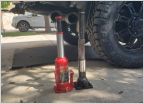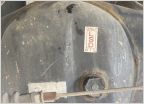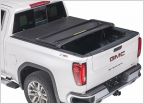-
Welcome to Tundras.com!
You are currently viewing as a guest! To get full-access, you need to register for a FREE account.
As a registered member, you’ll be able to:- Participate in all Tundra discussion topics
- Transfer over your build thread from a different forum to this one
- Communicate privately with other Tundra owners from around the world
- Post your own photos in our Members Gallery
- Access all special features of the site
Misfires on Bank 1 only and how I fixed it
Discussion in 'General Tundra Discussion' started by LaMobyDick, Feb 17, 2025.


 AC Power Outlet
AC Power Outlet Right jack for lifted tundra...
Right jack for lifted tundra... Low oil pressure
Low oil pressure Help do I have limited slip differential? 06 tundra
Help do I have limited slip differential? 06 tundra Do I need a deck rail tonneau cover?
Do I need a deck rail tonneau cover? Blazing Blue Vinyl Wrap
Blazing Blue Vinyl Wrap














































































